I arrived in Seattle, Washington by ferry, a common way of getting around in this part of the world, and spent two nights there. From all the research I had done, Seattle was going to be a hilly challenge in my manual wheelchair, but regardless I wanted to see what it would take to get around to see the attractions I picked out.
Transportation
Getting around Seattle included planning due to all the hills getting to the main attractions and usually involved taking an accessible taxi at some point. It’s hard to determine a hotel to stay at but the next time I were to stay in Seattle I would have a bus stop at level access from my hotel. A short distance could be up a 70-degree incline, so having public transportation within reasonable physical reach is key unless you prefer to rely on just taxis. The bus system is accessible with a ramp that comes out of the bus and indicators at each station what line stops here and if it’s accessible. Another mode of transportation you can use is the light rail or Sounder train systems; both are also accessible.
Parks & Gardens
A favorite activity of mine when I travel to a new city is to stroll through a park. On the way to a destination, I traveled through Elliott Bay Park, which is a little past the waterfront area. The preserved natural space runs right along the water and has a smooth paved trail for the public to enjoy. Somewhere along the way, a section called Olympic Sculpture Park was filled with unique sculptures. Elliott Bay Park is an 11-acre park and is open from 6 am to 11 pm.
Another of Seattle’s great attractions, especially in the spring/summer is the Hiram M. Chittenden Locks (otherwise known as the Ballard Locks). Visitors can watch mega-yachts and fishing boats navigate the unique passage between Puget Sound and Lake Washington. But even more interesting is the fish ladder. Built to allow salmon to pass between fresh and salt water, visitors can observe the salmons’ progress through glass windows in a subterranean viewing room. The Ballard Locks – including the fish ladder – are wheelchair accessible.
Before visiting the Locks, visitors can walk through the Carl S. English, Jr. Botanical Garden. The botanical gardens contain more than 500 species and 1,500 varieties of plants including rhododendrons, roses, native fir, pine trees, and other plantings in the garden; the gardens are rather modest and are more so a nice addition to visiting the Locks, but not a destination by themselves. In addition, every summer there are weekly free concerts on the lawns of the Locks beginning at 2 pm. The weekly concerts include Jazz bands, Big Bands, and Dixieland Bands.
Shopping
There are a few shopping areas in Seattle that I briefly walked around at. Downtown Seattle shopping is a square of several blocks with large names such as Urban Outfitters, Nordstrom, and Gap. Downtown is also the location of Westlake Center Plaza and Pacific Place, both large malls with various shops and eateries. This downtown shopping area is also where the Seattle Monorail is. Pioneer Square is several long blocks from Pike Place Market and has leveled sidewalks and an eclectic collection of shops from rugs to books to antiques. There were many pubs and a Jazz & Blues Club.
Architecture
In Seattle, Washington there are at least two buildings that are worth marveling at their architecture. One is the Seattle Central Library which stands 11 stories high constructed of glass and steel in the downtown area and designed by Rem Koolhaas and Joshua Prince-Ramus. The library cost $165.5 million to create and has a unique, striking appearance, consisting of several discrete “floating platforms” seemingly wrapped in a large steel net around glass skin. Architectural tours of the building began on June 5, 2006. In 2007, the building was voted #108 on the American Institute of Architects list of Americans’ 150 favorite structures in the US. The other stands right next to the iconic Space Needle and that is the Experience the Music Project a music museum designed by architect Frank Gehry.
Attractions & Activities
As traveling goes, there is much to see along the way to your destination even things that you wish you had the time to explore. Still, it gives you ideas on possible suggestions for others and future visits. Right across from the King Street Station where the Amtrak Cascades and Coast Starlight stop and start are two professional stadiums. One is T-Mobile Park home to the MLB team the Mariners and the other is Lumen Field where the Seahawks play, Seattle’s professional soccer team. There is also visiting the Seattle Art Museum (SAM) or even perhaps seeing a Pacific Northwest Ballet performance. The Seattle Aquarium is located right on the water or in an area known as the waterfront where piers hold a variety of restaurants and shops. The piers are active with ferries and cargo ships.
A lesser known – and one of the more interesting Seattle destinations – is the Museum of Flight. The museum contains a world-class collection of space and flight memorabilia. The interactive museum is divided into separate sections and immerses visitors with aircraft, history, and personal stories. The main exhibit hall, the T.A. Wilson Great Gallery, contains 39 full-size historic aircraft. The J. Elroy McCaw Personal Courage Wing highlights the stories of courage, dedication, heroism, and the human spirit of fighter aviators in World War I and World War II. The Airpark is home to America’s first Air Force One, the first 747, the original 737, and a Concorde jet. Other parts of the museum contain traveling exhibitions, an exhibit on the early history of Boeing, flight simulators, and more. The Museum of Flight is wheelchair accessible.
Experience the Music Project (EMP)
When people think of Seattle they often envision the iconic Space Needle in the sky and when visiting this city many decide to pay the overpriced fee to take a ride up to the observation deck. However, this is overrated because there are many ways to get good views of Seattle since it’s so hilly and chances are you’ll take a ferry at some point. Plus, you can get images of Seattle with the Space Needle in it as opposed to views of the city inside of it. The restaurant at the top was reported as being “overpriced and has small portions.”
So instead of giving your money away to something the government has set it up to be, take your money right next door (literally feet away) to the Experience Music Project and Science Fiction Museum and Hall of Fame (EMP|SFM). For the same amount or even cheaper if you get your tickets online, you can explore this museum’s display of popular music and science fiction. The building itself was designed by Frank Gehry and is more of an architectural marvel than the Space Needle. The Seattle Monorail also passes right through the building and has a station very close by.
Also, explore the raw talent of Jimi Hendrix from his poetry to legendary guitar playing and his effect on popular music. In both exhibitions, there are listening stations along the way that play music from the featured artist as well as a few others. The guitar gallery shows the evolution of the guitar as it became louder, went electric, and dominated the stage as the signature instrument of rock ‘n’ roll. In the middle of the gallery is a continuous realm of video clips of legendary guitar players from Muddy Waters to the Beatles along with a few short interviews. On the lobby level, a JBL Theater is featuring intimate performances, guest lectures, and other classes.
The third level is where the Science Fiction exhibit is displayed. Also on the third floor is the Sound Lab. Here a person can play the guitar, keyboards, drums, and more as well as sing in a studio, mix, and learn to spin like a DJ. There are a few spaces set up for everything and playtime is limited to 10 minutes but if there’s no one else waiting then feel free to set another round.
The wheelchair accessible entrance into the museum is on 5th Avenue. Here you will find a button that will automatically open the doors. Although few, the doors inside the museum did not open automatically. Once inside and you have your ticket, you’ll be shown to the elevators that will take you up to the remaining two floors. Accessible restrooms are available on the first and second floors and are a typical public-style stall setup. The general layout of the museum is tasteful and has enough space to move about with the flow of people. The floor itself is concrete, which is smooth for any chair. If hungry, the EMP/SFM has both a cafe and a restaurant.
Pike Place Market
Near the waterfront in Seattle is the historical Pike Place Market. For more than 100 years, Pike Place Market has thrived on bringing the freshest products to your fingertips. The best time to see the market is in the morning when there will be fewer people and everything has been neatly laid out. As the day progresses, so does the crowd grow, and the harder it gets to maneuver around. The market is most commonly known for its seafood section, which comes in fresh from the ocean every day. The market is most commonly known for its seafood section, which comes in fresh from the ocean every day. One particular fish stand is well-known for throwing the fish that you order over the counter and is a real tourist draw.
The rest of the market is filled with local items such as farm-fresh produce, flower bouquets, jars of honey and pickles, and jewelry. Across the street are more shops, selling a variety of foods like cookies and cheeses. Inside the market is relatively smooth with only a few slightly uneven areas. The street outside where people stroll as well is made up of brick and was a little difficult to wheel a manual chair. A sidewalk on the opposite side where the other shops are was more comfortable. One such shop across the way is the original Starbucks, which many tourists get a kick out of. Perhaps if the line wasn’t out the door, I may consider getting a drink but didn’t find it worth it otherwise.
Many visitors like to drive down the busy cobblestones of Pike Place, which runs right through the Pike Place Market. Free two-hour parking spots line the street but it can be difficult to locate an available one. There are a few handicapped designated parking spots. The most convenient parking is at the Public Market Parking Garage at 1531 Western Avenue, located directly behind the Market and linked to the Main Arcade by an elevator and Skybridge. Handicapped designed parking is on each garage level near the elevator. The best rate is the Early Bird Rate; park before 9:30 a.m. to take advantage of this all-day rate (which changes price throughout the year). More parking information at pikeplacemarket.org.
There are several public restrooms in the Market and several elevators inside buildings (in fact, new bathrooms and elevators have been added in the last year). For more information about services or directions to shops, stop by the Market Information Booth at First & Pike.
Tillicum Village (Now Closed)
Through Argosy Cruises, a 45-minute ferry ride takes you over to the state park and island where Tillicum Village is. There are a few adventures this company offers and Tillicum Village is one of the more accessible outings. The cost of the whole package includes four hours of entertainment: a scenic boat ride, oyster hors d’oeuvres, a salmon lunch or dinner, and a performance about the natives of this land. The lunch boat takes off around 11 am and the dinner one at 4 pm.
Pier 55 is where to pick up tickets and board the ship. Anyone who has a wheelchair is able to pre-board so you’ll have the best pick on where you want to sit either outside or inside. The steepness of the ramps to board the boat varies depending on the level of the tide. Sometimes it can be an incline of 45 degrees but regardless there are plenty of crew members escorting you down and assisting you when needed. Even to get into the actual boat, portable ramps are set up. When it’s time to get off the boat, if you let the crew know that you want to get off first it can likely be arranged. It’s best to be on the side where the unloading takes place to remind them, so it’s a good idea to find what side it will be on and prepare accordingly. On the boat, there are no wheelchair accessible restrooms but there are some once you get over to the island. There is also a bar on deck with crew members happy to take your order but are not included in the cost of the ticket. The bar is not accessible but again, any crew member can assist you.
After getting off the boat a little more assistance may be needed if using a manual chair to get up the tightly packed gravel walkway to the banquet house. While the salmon is being roasted by the fire, guests enjoy warming up with a cup of seasoned clams and carry on the tradition of “giving back to the earth” in Native American fashion by throwing the clam shells on the ground and smashing them. After the clam hors d’oeuvres guests get in line to be seated for the salmon in the dining hall. For a while, the meal was served to you but in 2011 it is now a buffet style. All the accompaniments with the salmon were very tasty and of course, included a dessert. Following the end of dinner, the hosts begin their Native American performance which lasts about 20 minutes. When the show is over there are about 45 minutes of free time where you can hang out and browse the extensive collection of merchandise. There is a short walkway that takes you down near the water but other than that there is not much accessible exploring outside the banquet hall.
Additional Info
Interesting Fact: In 2008, Central Connecticut State University ranked Seattle and Minneapolis as the most literate large cities in America. Additionally, the Seattle Public Library system has the highest percentage of library cardholders per capita in the country.
Cruise Lines out of Seattle: Carnival, Celebrity, Holland America Line, Norwegian Cruise Line, Princess Cruises, Royal Caribbean. Special Needs Group also provides pier-side wheelchair and mobility aide rentals for Holland America ships at Pier 91.

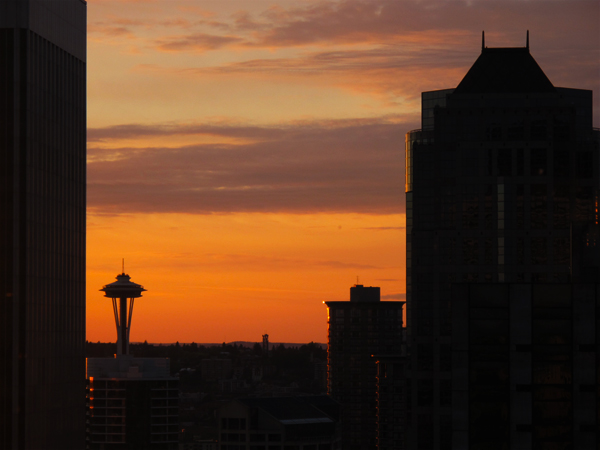
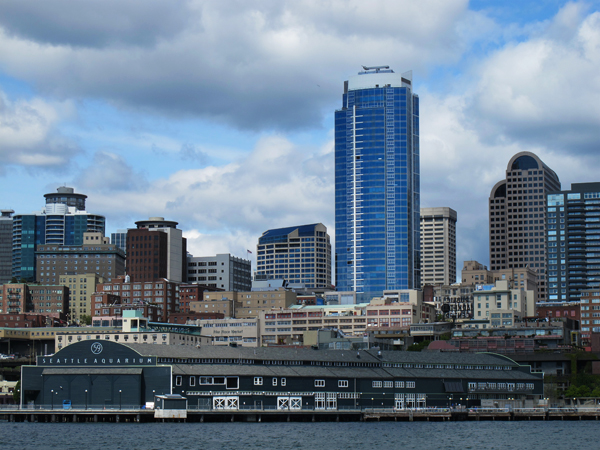
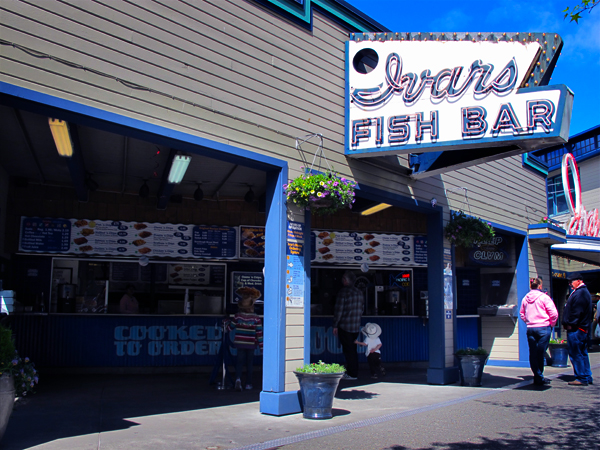
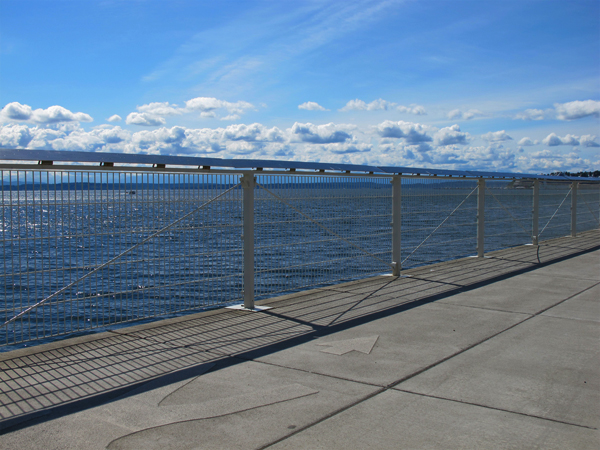
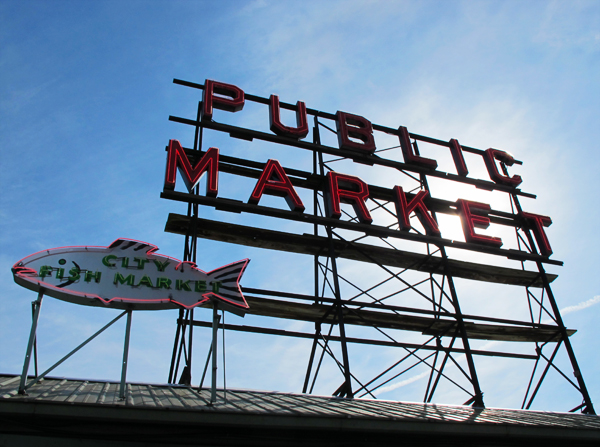
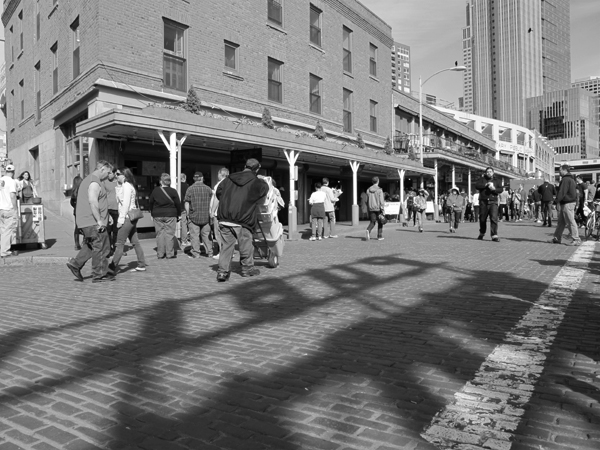
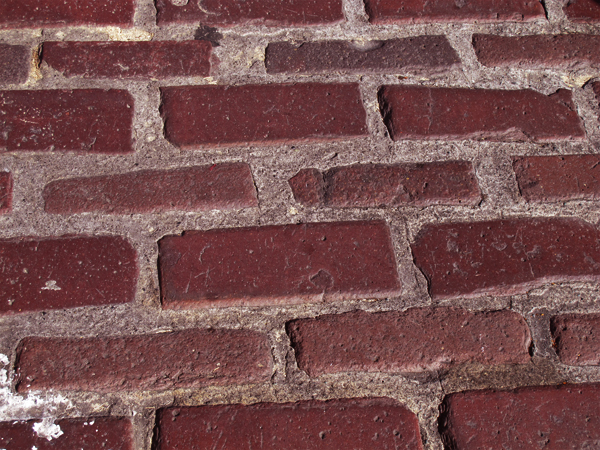
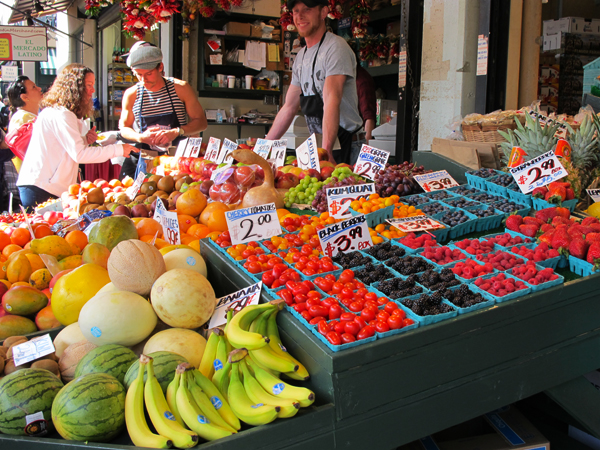
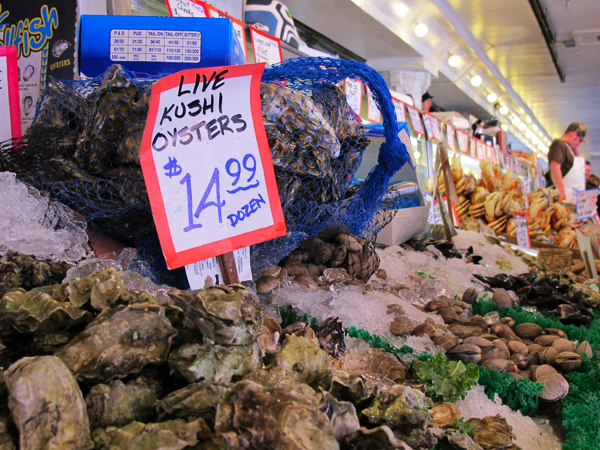
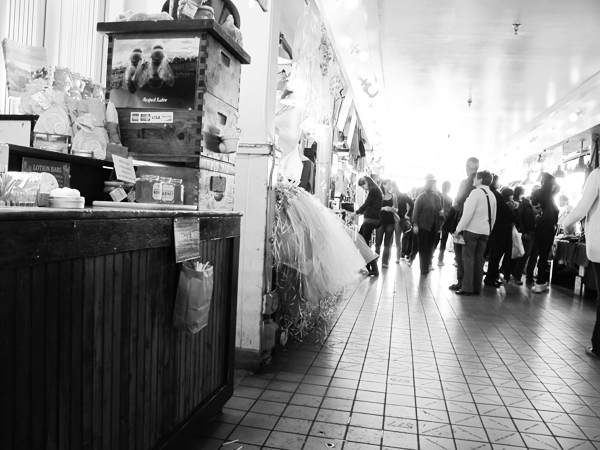
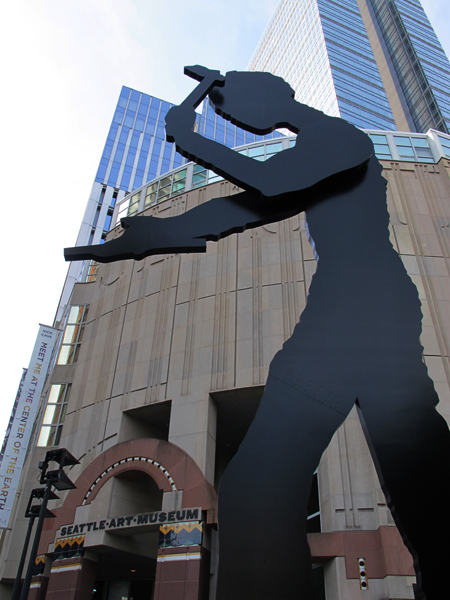
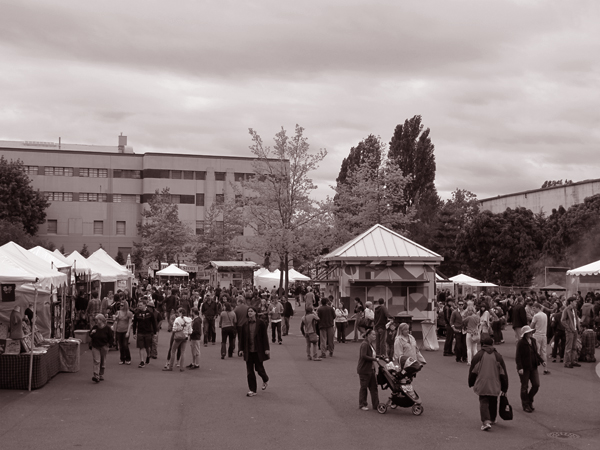
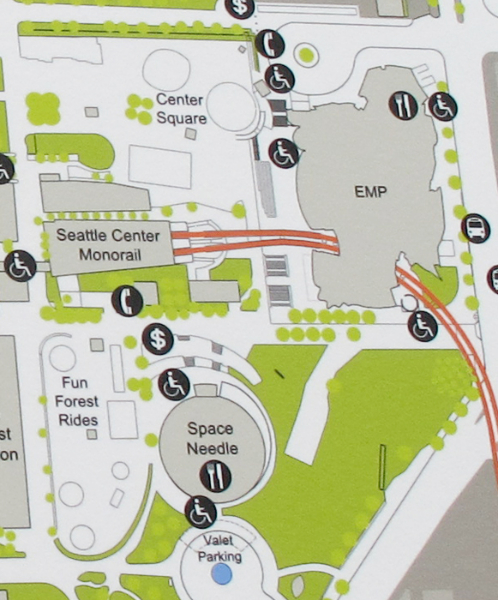
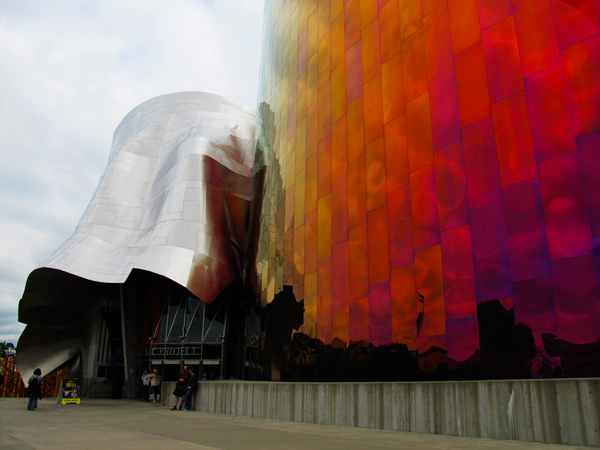
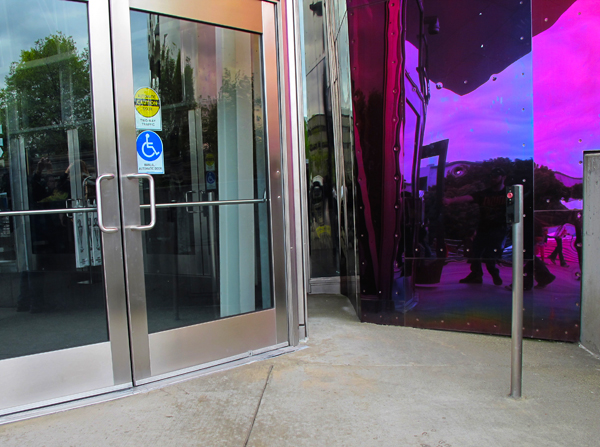
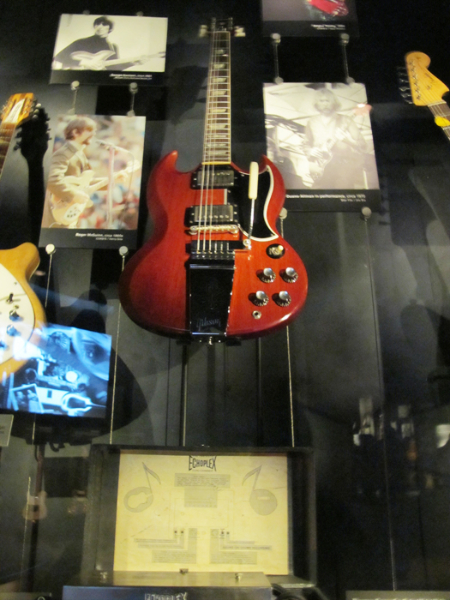
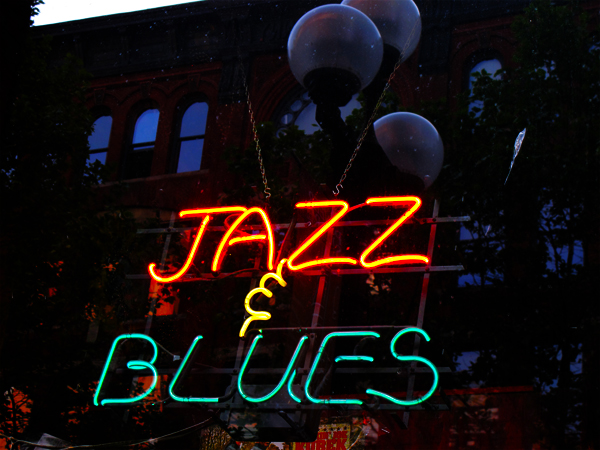
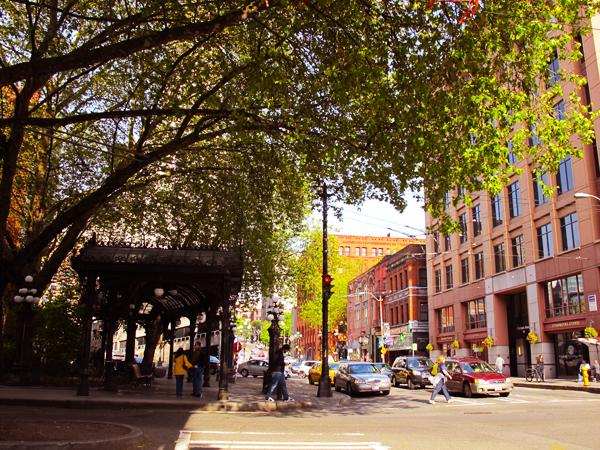
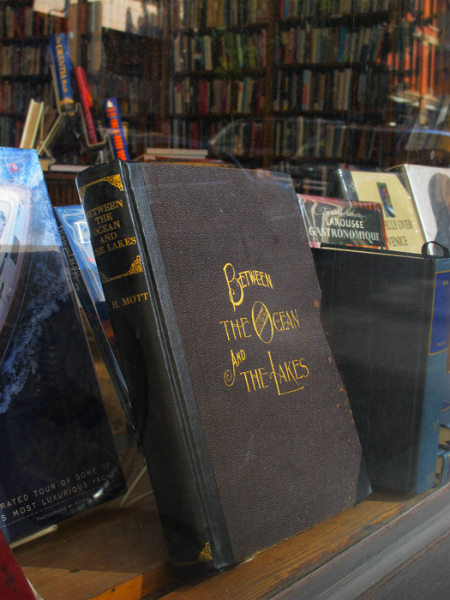
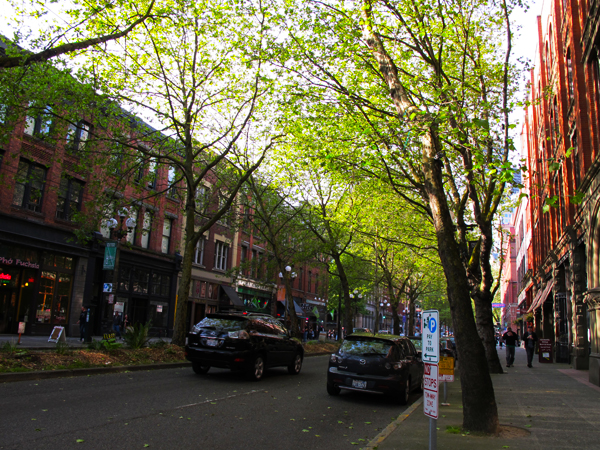
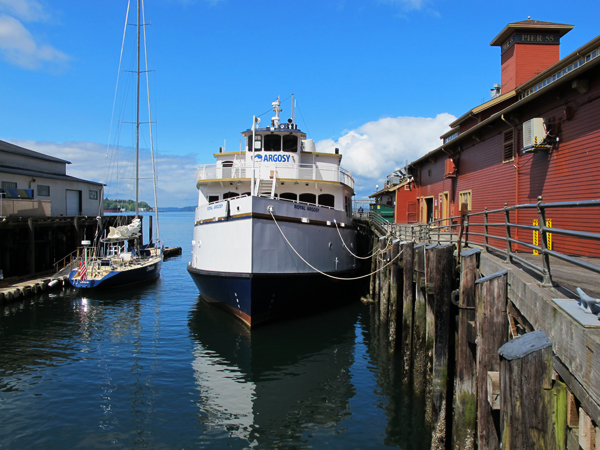
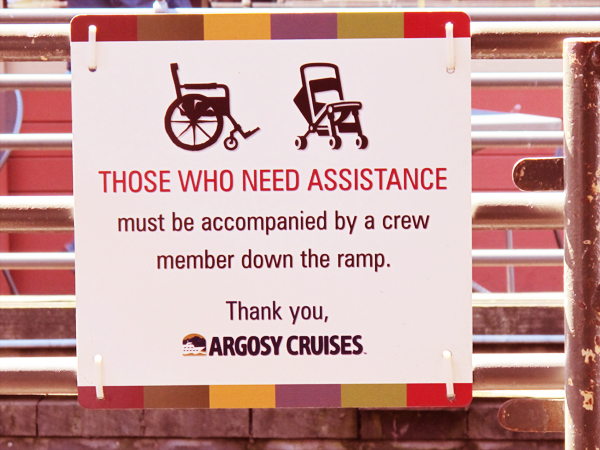
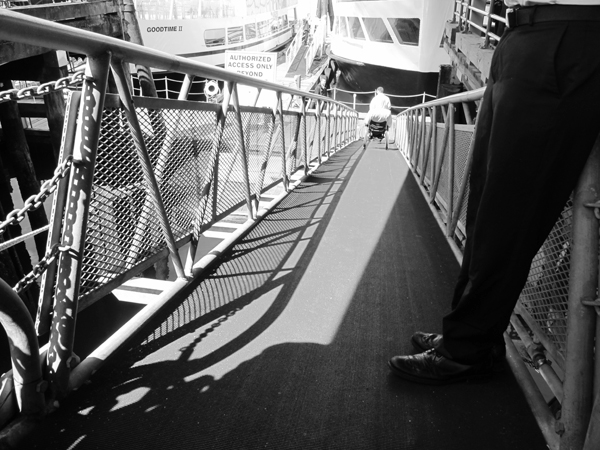
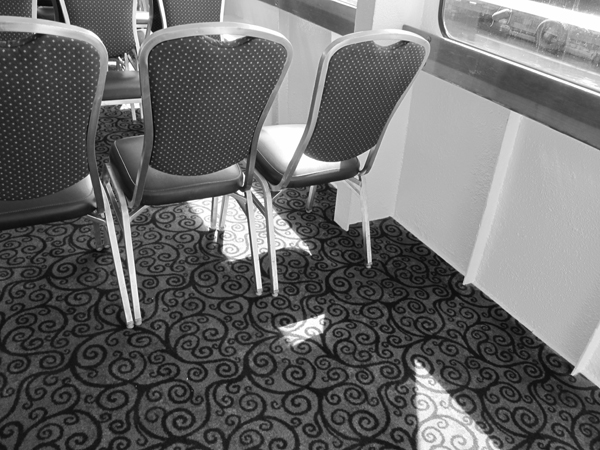
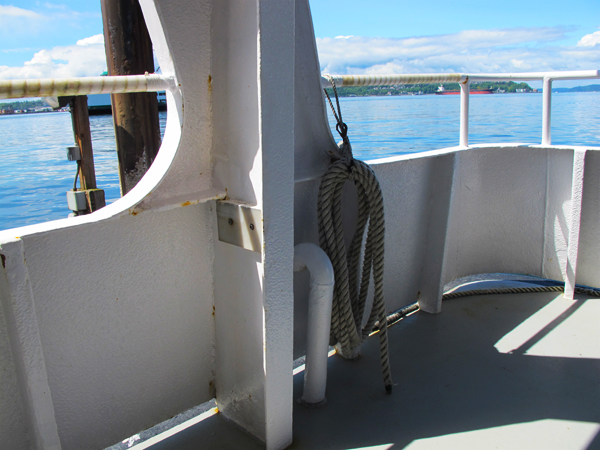
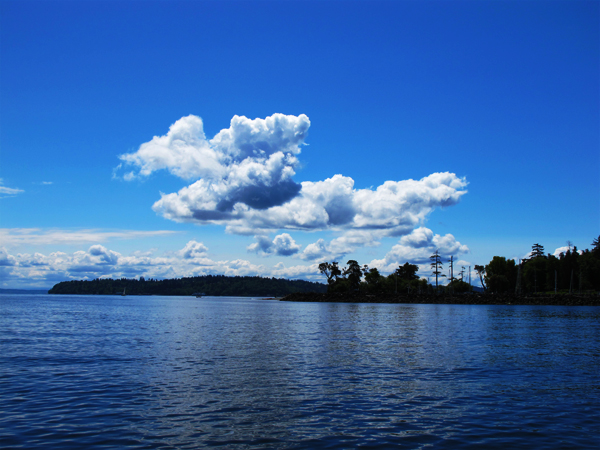
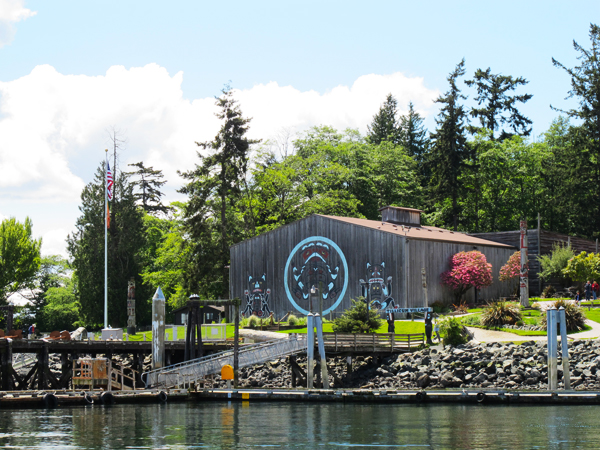
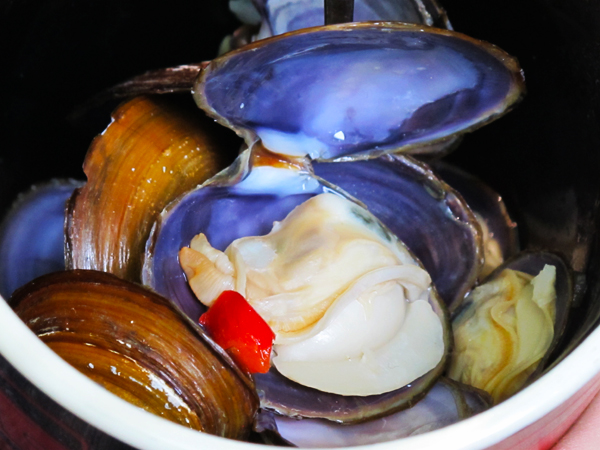
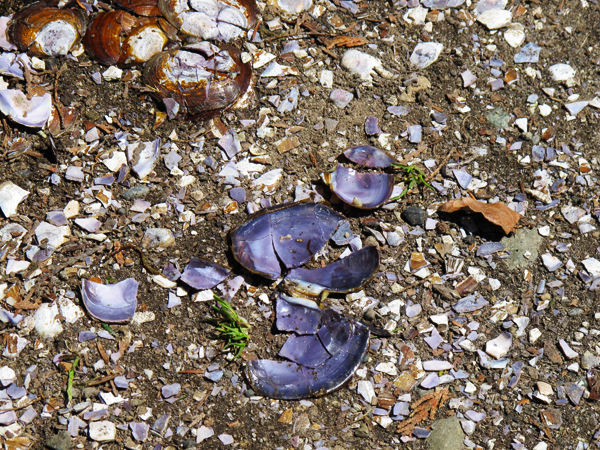
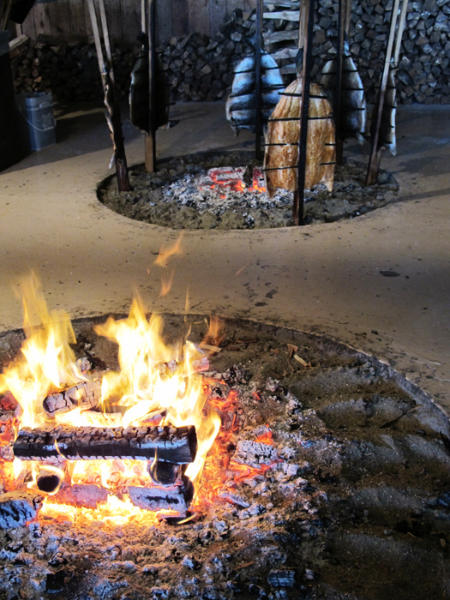
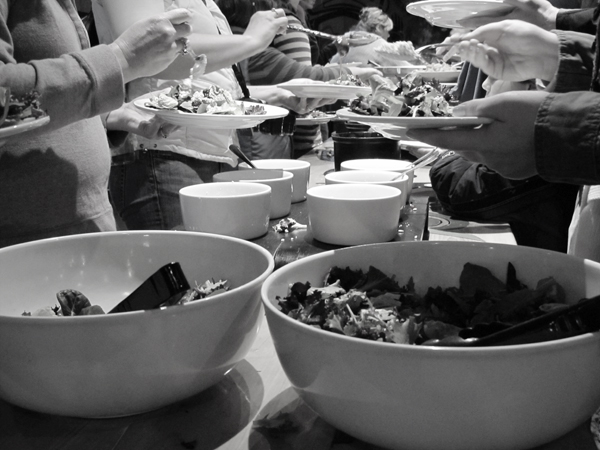
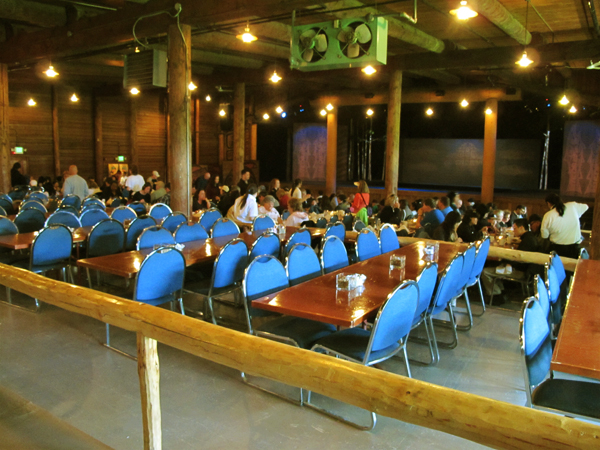
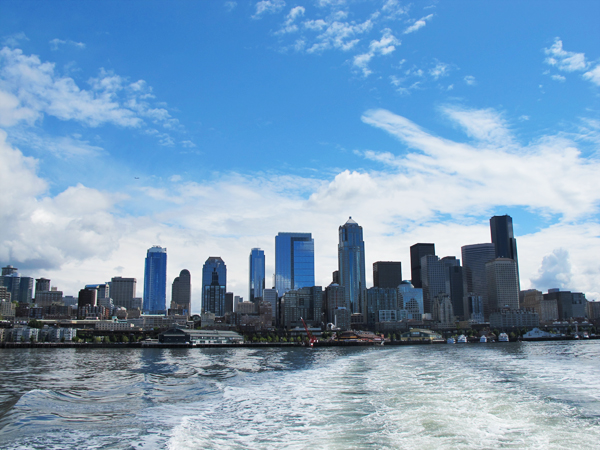

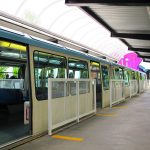
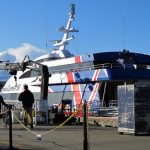
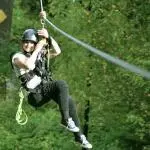
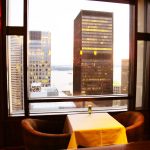
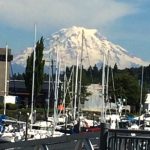
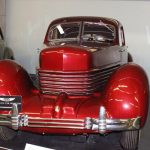
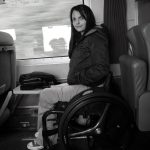
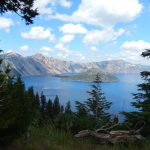
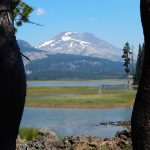
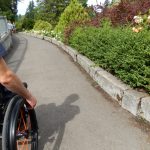
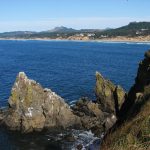
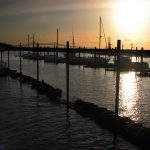



Hello Ashley,
I am doing a research on complete streets policies and accessibility. I have interview questions I would like to ask you if you have time.
Thank you!
Gala Korniyenko
University of Kansas
School of Architecture, Design, & Planning
M.U.P. Candidate, May 2016
gala@ku.edu
Hello Ashley, I have been looking at Google Street views of Seattle and I admit, I’m rather scared of trying to travel in Seattle! Did you go to any small shops along streets, vs. just places like Pike Place with parking garages where you could be dropped off? How do taxis/Uber/Lyft handle picking up/dropping off from locations mid-block, do you know? I don’t use a wheelchair, but I do use a folding walker. While I can get myself in and out of the car, there’s still the issue of taking time to fold up the walker and load it into… Read more »
Hi, Melissa, I’m late to this thread but for anyone reading, there’s no reason to rent a car to stay in and visit attractions in central Seattle. The buses, Link train and monorail go everywhere, and all are walker-friendly, e.g. the buses will lower the platform to make it easier to step up and have special seating areas. Wheelers will also find ample recreational options.
There is an accessible Seattle map on line: https://www.accessmapseattle.com/. To get to Pike Place, take Pike St. from the retail core.
Great tip! Thank you.